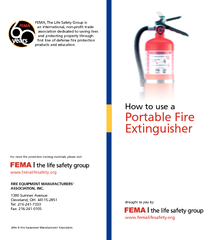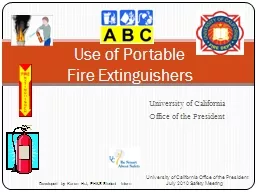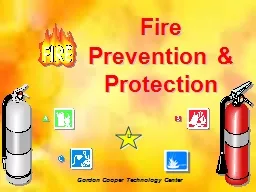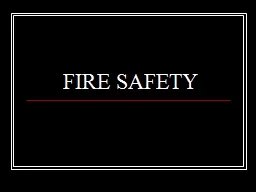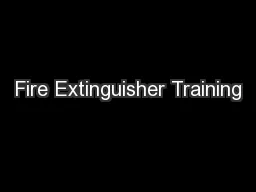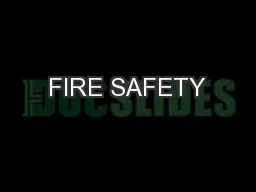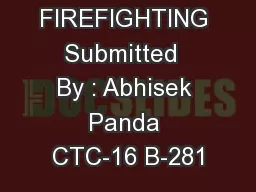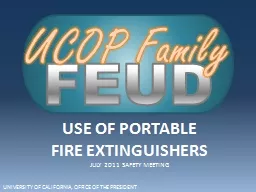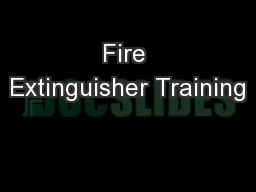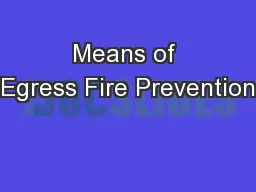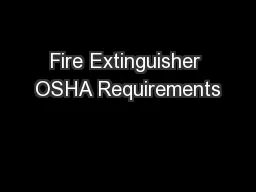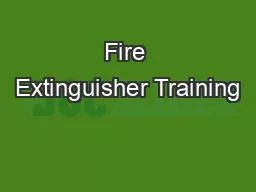PDF-How to use a Por table Fire Extinguisher Brought to yo
Author : tatiana-dople | Published Date : 2015-06-15
femalifesafetyorg For more fire protection training materials please visit wwwfemalifesafetyorg 2006 57513 Fire Equipment Manufacturers57557 Association FIRE EQUIPMENT
Presentation Embed Code
Download Presentation
Download Presentation The PPT/PDF document "How to use a Por table Fire Extinguisher..." is the property of its rightful owner. Permission is granted to download and print the materials on this website for personal, non-commercial use only, and to display it on your personal computer provided you do not modify the materials and that you retain all copyright notices contained in the materials. By downloading content from our website, you accept the terms of this agreement.
How to use a Por table Fire Extinguisher Brought to yo: Transcript
Download Rules Of Document
"How to use a Por table Fire Extinguisher Brought to yo"The content belongs to its owner. You may download and print it for personal use, without modification, and keep all copyright notices. By downloading, you agree to these terms.
Related Documents

